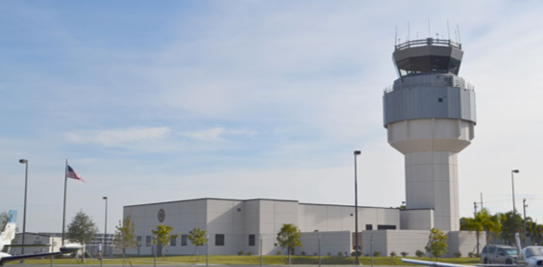4-3 Service Analysis and Strategic Planning
HF Aspects of Operational Needs. ThisThe effortFAA focusesdocument on“Guidelines thefor specificationService ofAnalysis changes& inStrategic thePlanning operational concept that encompass an explicit set of use cases(SASP) and scenarios.Concept This& requiresRequirements participation in meetings discussing use cases, reviewing use case outlines and developing scenarios, and documenting potential human performance risk areas that need to be evaluated during concept demonstration/validation exercises.
The development of use cases and scenarios also requires completing a task analysis and function allocation analysis, defining the assignment of the roles and responsibilities of key participantsDefinition (e.g.,CRD)” controllers,indicates traffic managers and maintenance technicians). And it involves identification of the functional and information requirements necessary to support human performance.
The task and function analyses help to ensure that necessary task sequences are demonstrated from end-to-end in the scenarios and that all necessary functionality has been identified for review and analysisthat, as part of conceptSASP demonstration(crdguidelines.pdf (faa.gov)):
- “Using a service-level approach, issues within the operational, business, data and
evaluationinformation,basedtechnology, organizational, process, and people (including human factors) areas that might affect delivery of targeted business outcomes are identified. The needs identified in the FAA operational environment usually represent service shortfalls associated with Enterprise information management and agency goals and objectives.” - “In addition, it will be necessary to obtain information on
heuristicnewanalyses, prototypingtechnologies andHuman-In-The-Loop studies. Notemethodologies thatthismighteffortchangemaythedrawwayuponservicesresultsarefromprovidedprecedinginResearchtheforfuture.”

